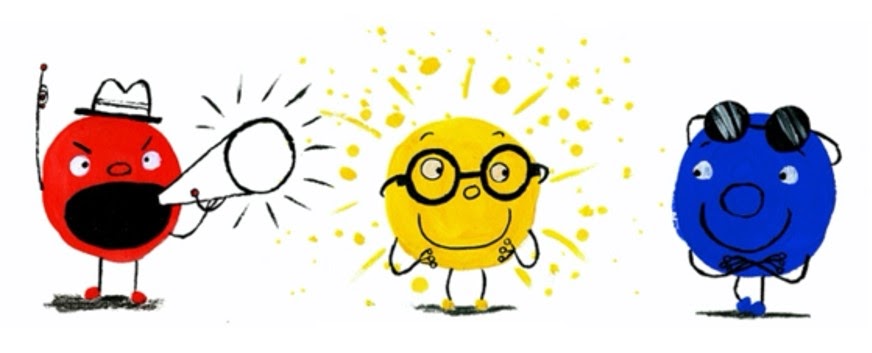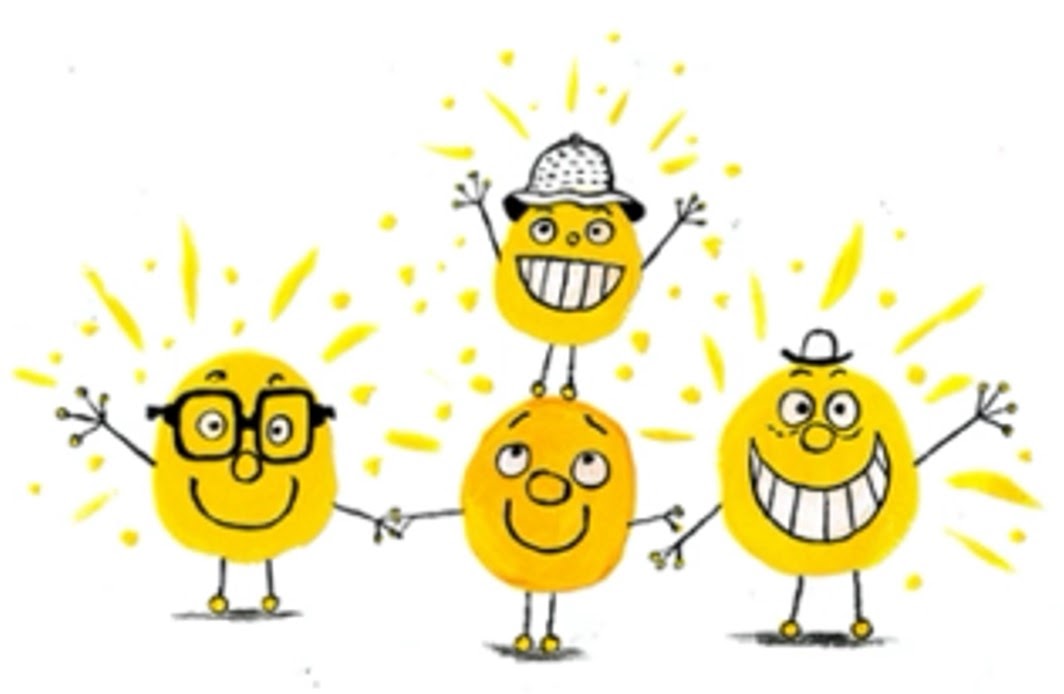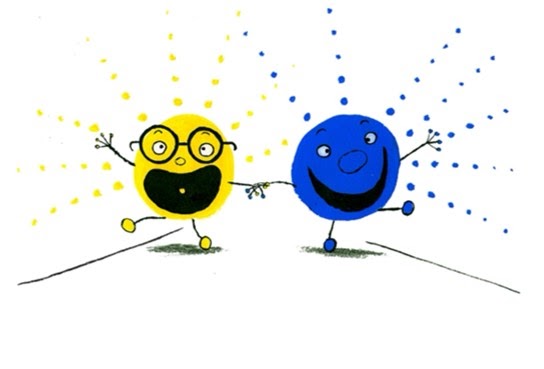How to Tell A Story Creatively: A Guide for Kids and Future Storytellers
Do you have a good story to tell but don't know how to start?
Well, here's a simple guide for kids and future storytellers on how to tell a story creatively.
Read on!

Recent Posts
Table of Contents
Learn How To Tell A Story at Creativity School!
Let’s begin the creative journey of your kids and enhance their potential this 2021!
Our award-winning artists give away free LIVE art classes from the Creativity School.
Learn how to make collages, animations, pop-up cards, draw ninjas, characters, paint, and much more!
The Power of a Story

Storytelling is one of the earliest and most effective forms of teaching kids of all ages – about life, ourselves, and people all around us.
It is also a special way for them to develop a deeper understanding of their surroundings and respect different cultures, traditions, races, genders, and many more.
As the great scientist Albert Einstein said,
“If you want your children to be smart, tell them stories. If you want them to be brilliant, tell them more stories.”
How to Tell a Story Creatively and Effectively
Did you ever feel stuck when you're trying to tell a story?
Like you scramble for words or forget about your characters, or your settings and plot do not connect to each other?
How you wished for someone to help you figure out why the story in your head isn't turning out the way you imagined!
Even award-winning storytellers struggle with this. That is why they need to develop their own strategies to help them evaluate their own stories.

Arree Chung, award-winning children's book author and illustrator and founder of Creativity School, shared the basic strategies he uses to tell a story.
Watch this in-depth video tutorial and see how Arree uses his award-winning picture book, Mixed: A Colorful Story, as an example of how his basic strategies work.
Basic Strategies on How to Tell A Story
There are three important parts of a story- a Beginning, Middle, and End. These parts will help us organize our story, make it simple, fun, and engaging for the kids.

Here are three key questions to list down for each part before starting to tell or write a story. We will use the award-winning children's book, Mixed: A Colorful Story! as a guide.
Here are his Beginning questions:
1. Who are the characters
2. Where do they live?
3. What is/are the problem/s that we are building the story around?
Now that we know the questions let's answer them!
Who are the characters?



The Mixed: A Colorful Story book has only three major characters: Reds, Yellows, and Blues.
Aside from that, each of the characters has specific traits that made them unique: Reds are the loudest, Yellows are the brightest, and Blues are the coolest.
Now that we know the characters let's go to the second question.0
Where do they live?

While not directly stated at the beginning, the illustrations showed that the characters live in a city.
As a children's picture book, its strong art style and a good sense of design are excellent and important points that make the story more fun and enjoyable!
Let's go to the third question.
What is the problem?


The first picture on the left gives a hint on what's to come. Red is building a platform in the middle of the street.
In the second picture on the right, the Reds, loudly and proudly, said they are the best!
So the beginning problem here is when one of the characters feel that they are superior to the others.
Now that we're done with the Beginning, let's go on to the Middle. Here are the key questions:
- What happens next?
- How does the problem get worse?
- What changes happen?
Let’s answer them!
What happens next?

Let's go back to the beginning problem, which is when Reds feel and loudly exclaim that they are superior to Yellows and Blues.
So what happens next is both Yellows and Blues disagree in their own way. Yellows said that they are the best because they are the brightest, while Blues kept their cool and did not acknowledge what the Reds said.
This conflict among the three characters led to our second question.
How does the problem get worse?

With the conflict still brewing among Reds, Yellows, and Blues, they decided to live separately.
You can see in the illustration that there is Redville for the Reds, Blue Town for the Blues, and Yellow Heights for the Yellows.
Let's see what happens next based on the third question.
What changes happen?

One day, Yellow noticed Blue, and they eventually became friends!
Even with the ongoing conflict among the three characters, the focus shifted to a Yellow and a Blue getting close together and becoming friends.
In this part, we already described two effects that happened with the change in the story.

First, the other colors are not really happy about it. In the illustration above, we can see that Yellow and Blue are angry and unhappy!

Second, things will get better soon – a clear hint on what is about to happen next.
Now we're going to move towards the End. Here are the key questions:
- What choices are made?
- How is the problem solved?
- How do we feel at the end?
Let's answer these questions!
What choices are made?

So the choices being made are Yellow, and Blue decided to get married and had a baby, and the baby is Green!
This is an important part of the story because the choices that happen after the conflict dictate how the story will end.
With all the happy faces of the Reds, Yellows, and Blues, it showed a strong hint of a very cheerful ending.
Let's go on to the next question.
How is the problem solved?

Everyone was fascinated with Green, and they undoubtedly fell in love with the new character!
So how was the problem solved?
Seeing the new possibility of living together again in harmony, the colors decide to break down walls and hate toward each other, and they… MIXED!
Eventually, more new color characters were shown in the illustration, such as Jade, Lavender, and Amber. The city was rebuilt.
A sweet ending indeed! But before we conclude, let's answer the last question.
How do we feel at the end?

The last part of telling a story is about what emotion you give your readers or listeners.
It is seen in the last part that we effectively showed a happy ending. It gave a lasting impression and moral that even though life is not perfect, acceptance and respect makes the world a better place!
The Wrap Up
Now that we know the basic strategies on how to tell a story, here's a summary of the key questions for the Beginning, Middle, and End.

Now, pick your favorite children's book and apply the basic strategy and answer the key questions!
If you enjoyed learning how to tell a story, share your thoughts in the comment section below.
Visit Creativity School for more creative lessons.
If you’re looking for great picture books to read and tell, you can refer to the link below.
Children’s Books about Kindness – Top Picks from the Creativity School
Creative Kids Live
- Celina G.
On Demand Class
—Miao
Related Blogs
It seems we can't find what you're looking for.
